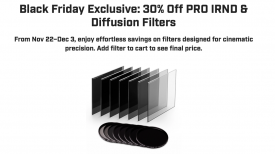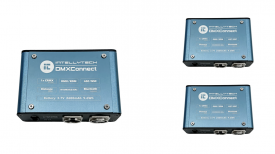In this second part of my rolling review of the Olympus OMD E-M1 II Micro 4/3rds camera I’m going to look at the camera’s image stabilisation system. A few weeks ago we published a piece by Janne Amunet in which he talked about the “mind-blowing stabilisation” of the camera, which allowed him to “pull off gimbal-like smooth shots with just a camera body and a lens in my hand”. I was keen to test out this bold claim.
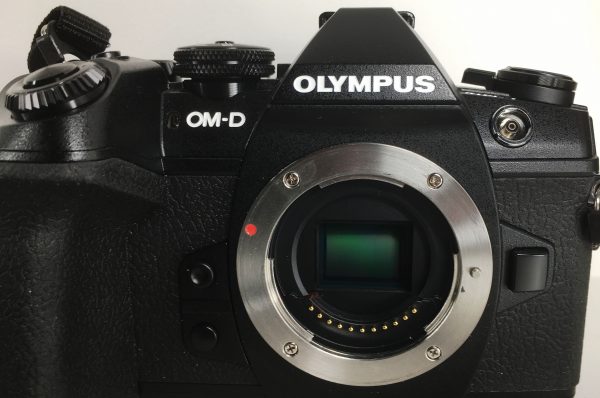
The camera actually has three kinds of stabilisation. There is lens-based image stabilisation with select Olympus lenses, there is in-body image stabilisation which works by moving the sensor itself, and lastly, there is digital stabilisation performed in-camera.
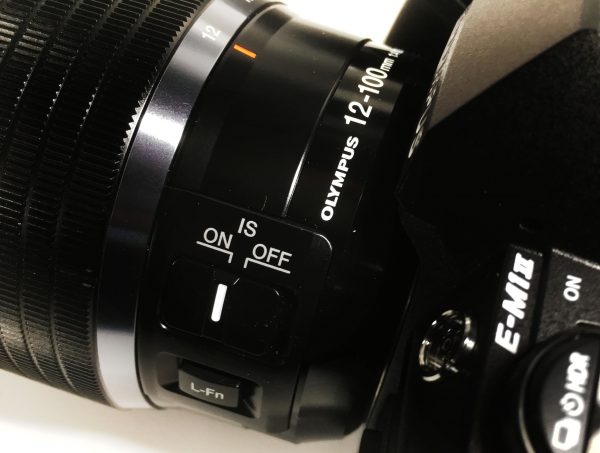
The best performing stabilisation comes with the new Olympus Sync IS system. There are currently only two compatible lenses – the 12-100mm f4 Pro, which I’ve been using, and a 300mm f4 Pro super telephoto. Other Olympus lenses don’t currently have in-lens stabilisation.
The really clever thing that Olympus have done with these two lenses is have the lens stabiliser talk to the in-body stabiliser, and vice versa. To my knowledge, no other camera system on the market currently does this. These two stabilisers work in all video resolutions and, because they are physical and not digital, do not impact on the image quality.
There are other stabilised Micro 4/3 options like some lenses from Panasonic, or using a Canon lens with a Metabones Speedbooster adapter, but Olympus recommend that when using these you turn off either the lens or the in-body stabiliser. This is because the two stabilisers could actually work against each other, rather than in tandem, because they don’t share the same language or code.
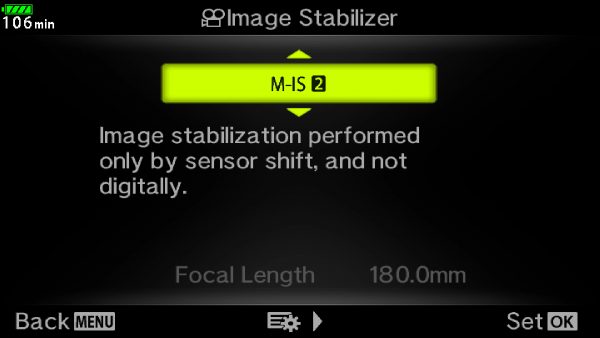
The in-body stabilisation is similar to that found in previous Olympus cameras and works very well. When activated it appears as if the sensor is effectively floating in a magnetic suspension thanks to some very clever engineering by Olympus. The workings may be hard to describe, but it is certainly more effective than its rivals. It doesn’t need an electronic connection to the lens and therefore works with practically any optic, including adapted ones.
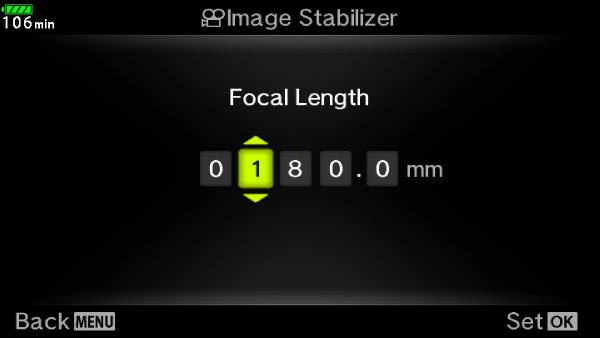
The only thing to note is that with non-electronic lenses you need to tell the camera what focal length lens is attached by setting it in the menu. As with the Sony a7S II and a6500 this can be annoying if you are using a manual zoom lens which needs constant setting as you change focal length.
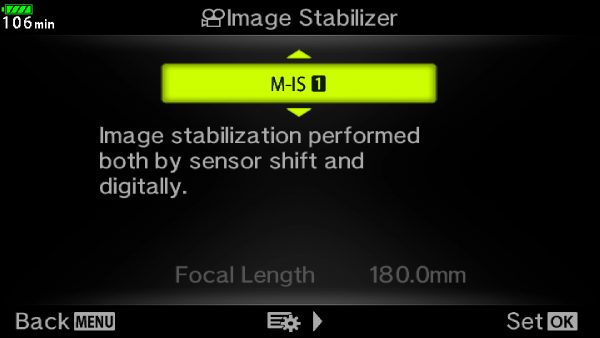
The third stabilising method is digital, or electronic. It works in a similar way to systems found on many consumer cameras and smartphones. It is designed for more for casual users who just want the quickest way to get a stabilised shot, but I can see plenty of uses for it in unpredictable news situations where image quality isn’t the tantamount concern. The stabilisation when using electronic in combination with the other two stabilisers can certainly be impressive, as we’ll see later in this review.
On the downside, electronic stabilisation will impact on the 4K image quality. When you use it, the camera performs a crop of the image. There is a loss of resolution and artefacts are more evident. It can behave in a way that seems counter-intuitive and unpredictable for the more experienced user. Don’t use it if you have other better ways to ensure a stable shot.
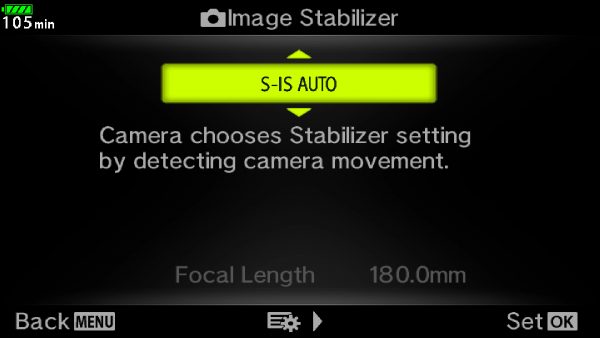
The main benefit of this system is that you can get amazingly stable handheld shots, even at the longest focal lengths. The best I have ever seen from an in-body system on an interchangeable lens camera.
It should be pointed out that the smaller Micro 4/3 sensor that Olympus use should be easier to stabilise than the larger APS-C and full-frame sensors found in Sony’s cameras. This is likely a major contributing factor to why the system is so good. Another thing that helps the overall result is the that the rolling shutter performance of the smaller sensors is usually much better than the larger ones in rival cameras. Of course, advocates of the Micro 4/3 sensor size will argue this is a reason to go smaller in the first place.
So how is it in use? Using the system can be a little disorienting at first. When engaged I can best describe the feeling of using it as ‘floaty’. Anyone who has used the Balanced Optical Steadishot system on a Sony Handycam will know what I mean. Precise framing takes a bit of getting used to as the image takes a little while to settle. When moving the camera slowly to follow your subject you need to anticipate this lag, which you can do quite well with a bit of practice.
The feeling that everything you shoot is much more stable than ever before is tremendously liberating.
But what about when the camera is in motion? I found that it worked best for very basic slider-like moves. It also works well when shooting simple shots from vehicles. The video below is shot from the top deck of a London bus and the camera is simply placed on the shelf of the front window – no tripods, clamps, suction cups, nothing. That’s pretty special.
I also had success with some wider shots where I was moving around a subject and in some cases you could have been mistake for thinking they were shot on a brushless gimbal. I think more complex moves are where the system reached its limits. Start walking, turning or moving too quickly and you will likely encounter some digital-looking nastiness.
The time you most often see little tremors in the image seems to be when you are at the end of the stabiliser’s range. It seems it has nowhere left to go and at some point it has to reset – which results in a wobble. As with other in-camera stabilisers, a slight change in direction can also cause an odd-looking error that sticks out like a sore thumb.
Another issue is one that is common not just to in-camera stabilisation, but to handheld gimbals as well. In any shot where there are objects near to the camera, as well as a background, you will see odd looking parallax shifts caused by your footfall as you walk around. You can try to combat that by altering your walking style, but even the best moonwalk isn’t going to completely cure it. In this there is no substitute for a good iso-elastic arm or old-fashioned dolly.
Applying post stabilisation to these shots can improve them, but I found that basic Premiere Pro Warp stabilisation won’t completely eliminate the errors. This is unsurprising.
Whether these side effects are acceptable to you will likely depend on what you intend to use the footage for. For video journalism and content driven video where the absolute technical quality isn’t paramount I think the OMD E-M1 II could easily be used for longer moving shots. Use the in-camera digital stabiliser and add a liberal dose of post stabilisation and you can certainly get results that have a wow factor.
If you are shooting something more aesthetically driven I can still see the camera being useful for picking up short two or three second clips that simulate sliders and gimbals – especially if you have the time to repeat the shot a few times to increase the camera’s chances to stabilise it correctly. I think this is what Janne Amunet demonstrates perfectly with his shots.
For more technical shoots the OMD E-M1 II isn’t going to replace a big Steadicam or brushless gimbal on set any time soon. In any moderately complex series of moves there is usually the odd tell-tale sign that some kind of stabilisation has been applied.
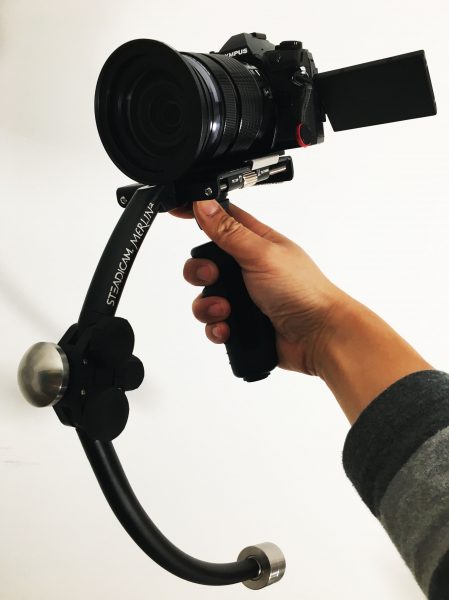
This got me thinking. What if I used the OMD E-M1 II on a small Steadicam? Would the image stabilisation system work better with some mechanical stabilising help. The short answer is yes. I tested it with a small Steadicam Merlin and the combination works pretty well, although still not perfectly. It especially helps remove the footfall issue and also allows you to do a better job of post stabilisation too.
Even though the OMD E-M1 II image stabilisation system isn’t flawless, it’s pretty impressive. It doesn’t rival a well-operated Steadicam or brushless gimbal, and it can’t perform perfect dolly shots. It won’t replace your tripod for everything either, especially for smooth pans and tilts (although some of the better static shots could actually pass as being on a tripod).
What it does do is allow the best possible stability for handheld shooting that currently exists on a small camera. Long lens shots in particular are probably as good, if not better, than what I could achieve with a full blown cine camera carefully balanced on my shoulder. It is also extremely useful in tight spaces, like the inside of vehicles, where using other stabilisation methods might be tricky. For real world shooting this is hugely advantageous.
The camera is great if you don’t have access to, or can’t afford, other stabilisation. If you can only carry a single camera and little else, then there is no better option right now. If I were routinely shooting in war zones or bouncing around filming extreme sports I would be putting this camera towards the top of my list (although I might wait to see what kind of stabilisation Panasonic bring with the GH5 before committing).
Going back to a regular mirrorless camera, even one with reasonable in-body stabilisation like the Sony a6500, will be hard after using the Olympus.
Of course, stabilisation is only one part of a camera’s performance. We’ve already seen that the body handles well. In the third instalment of our review we’ll look at the image qualities of the OMD E-M1. Stay tuned.




